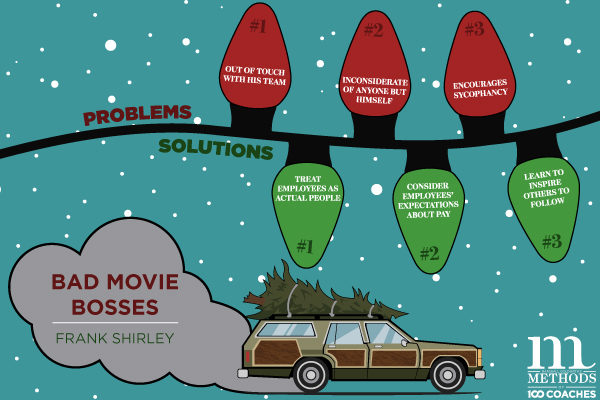
In today’s rapidly evolving workplace, fostering psychological safety has become a cornerstone of effective leadership. When team members feel safe to share ideas, voice concerns, and take risks without fear of embarrassment or retaliation, innovation flourishes, collaboration strengthens, and overall productivity soars. As Amy Edmondson, the Harvard researcher who popularized the term, defines it: psychological safety is “a shared belief held by members of a team that the team is safe for interpersonal risk-taking.”
For leaders, creating and maintaining psychological safety isn’t just an ethical imperative—it’s a competitive advantage. This blog explores why psychological safety matters and provides actionable strategies to cultivate it within your team.
Why Psychological Safety Matters
1. Encourages Innovation:
In an environment of psychological safety, employees feel free to share unconventional ideas, leading to breakthrough innovations. As noted by the Corporate Finance Institute, this openness allows organizations to stay ahead in competitive markets.
2. Boosts Team Performance:
Psychologically safe teams are more cohesive and perform better under pressure. They communicate openly, address issues proactively, and achieve goals more efficiently.
3. Enhances Employee Well-Being:
Employees in psychologically safe environments experience lower stress levels and greater job satisfaction. According to SHRM, a culture of safety reduces burnout and increases engagement, contributing to healthier, happier workplaces.
Characteristics of a Psychologically Safe Workplace
- Open Communication: Team members feel comfortable speaking their minds without fear of retaliation or the need to say only what they think the leader wants to hear.
- Respect for Diversity: Differences in opinions and perspectives are valued, not criticized. Again, this looks like letting people speak their mind without censure, and encourages people from diverse backgrounds to offer their perspectives.
- Supportive Leadership: Leaders model behaviors that promote trust, accountability, and kindness. As a leader, you’re in the fishbowl—everyone sees how you act and that sets the tone for the rest of the organization. In short, leaders need to walk the walk and talk the talk.
Steps Leaders Can Take to Foster Psychological Safety
1. Model Vulnerability and Authenticity
Leaders set the precedent for psychological safety by demonstrating vulnerability and authenticity. Acknowledge your own mistakes and express a willingness to learn. This shows employees that imperfection is not only accepted but encouraged as part of growth.
- Forbes emphasizes that leaders who admit their own errors foster an environment where employees feel empowered to do the same.
Action Step: Share a recent personal or professional challenge during a team meeting and discuss how you overcame it.
2. Establish Clear Expectations for Respectful Communication
Psychological safety begins with respectful interactions. Leaders must maintain the standard for how team members communicate with one another.
- According to SHRM, creating and enforcing guidelines for respectful dialogue prevents misunderstandings and builds trust.
Action Step: Host a workshop or discussion on communication norms, encouraging team members to co-create the guidelines.
3. Encourage and Reward Idea Sharing
Employees are less likely to share innovative ideas if they fear criticism or dismissal. Leaders must actively solicit input and recognize contributions.
- The Corporate Finance Institute recommends celebrating risk-taking, even when ideas fail to produce immediate results.
Action Step: Implement a “no bad ideas” policy during brainstorming sessions, ensuring every suggestion receives thoughtful consideration.
4. Provide Constructive Feedback
Feedback is essential for growth, but its delivery can significantly impact psychological safety. Leaders should frame feedback as an opportunity for improvement rather than criticism.
- Forbes advises using the “feedback sandwich” approach—beginning and ending with positive comments while addressing areas for development in the middle.
Action Step: Schedule regular one-on-one check-ins to provide personalized, constructive feedback in a private, supportive setting.
5. Address Mistakes with Empathy
Mistakes are inevitable, but how leaders respond can make or break psychological safety. Instead of assigning blame, focus on solutions and learning opportunities.
- SHRM highlights the importance of turning failures into teachable moments, encouraging a growth mindset.
Action Step: When mistakes occur, host a debriefing session to analyze the issue collaboratively and develop strategies to prevent recurrence.
6. Invest in Training and Development
Building a culture of psychological safety requires ongoing effort and education. Leaders should prioritize training programs that equip teams with the skills to communicate effectively, manage conflicts, and collaborate inclusively.
- As noted by the Corporate Finance Institute, leadership training reinforces the principles of psychological safety and ensures consistent application across the organization.
Action Step: Enroll in leadership development courses, such as those offered by Methods of 100 Coaches, to learn advanced techniques for fostering trust and collaboration.
Measuring Psychological Safety
To gauge the effectiveness of your efforts, consider implementing tools and surveys designed to measure psychological safety within your team. Questions to ask include:
- Do team members feel comfortable admitting mistakes?
- Are diverse perspectives welcomed and valued?
- Is there a shared sense of trust and respect among the group?
Regularly review these metrics to identify areas for improvement and adjust your strategies accordingly.
The Long-Term Impact of Psychological Safety
Organizations that prioritize psychological safety benefit from stronger teams, more innovative solutions, and higher levels of employee retention. By creating an environment where individuals feel valued and empowered, leaders can unlock the full potential of their workforce.
Why Leadership Training Matters
At Methods of 100 Coaches, we specialize in helping leaders master the skills necessary to build trust, foster collaboration, and drive success. Our video courses, taught by some of the world’s leading executive coaches, provide practical strategies for creating psychologically safe workplaces.
Invest in your growth as a leader—and in the success of your team. Explore our resources today and take the first step toward building a culture where everyone feels safe to innovate, collaborate, and succeed.
Sources:
Image by This_is_Engineering from Pixabay





